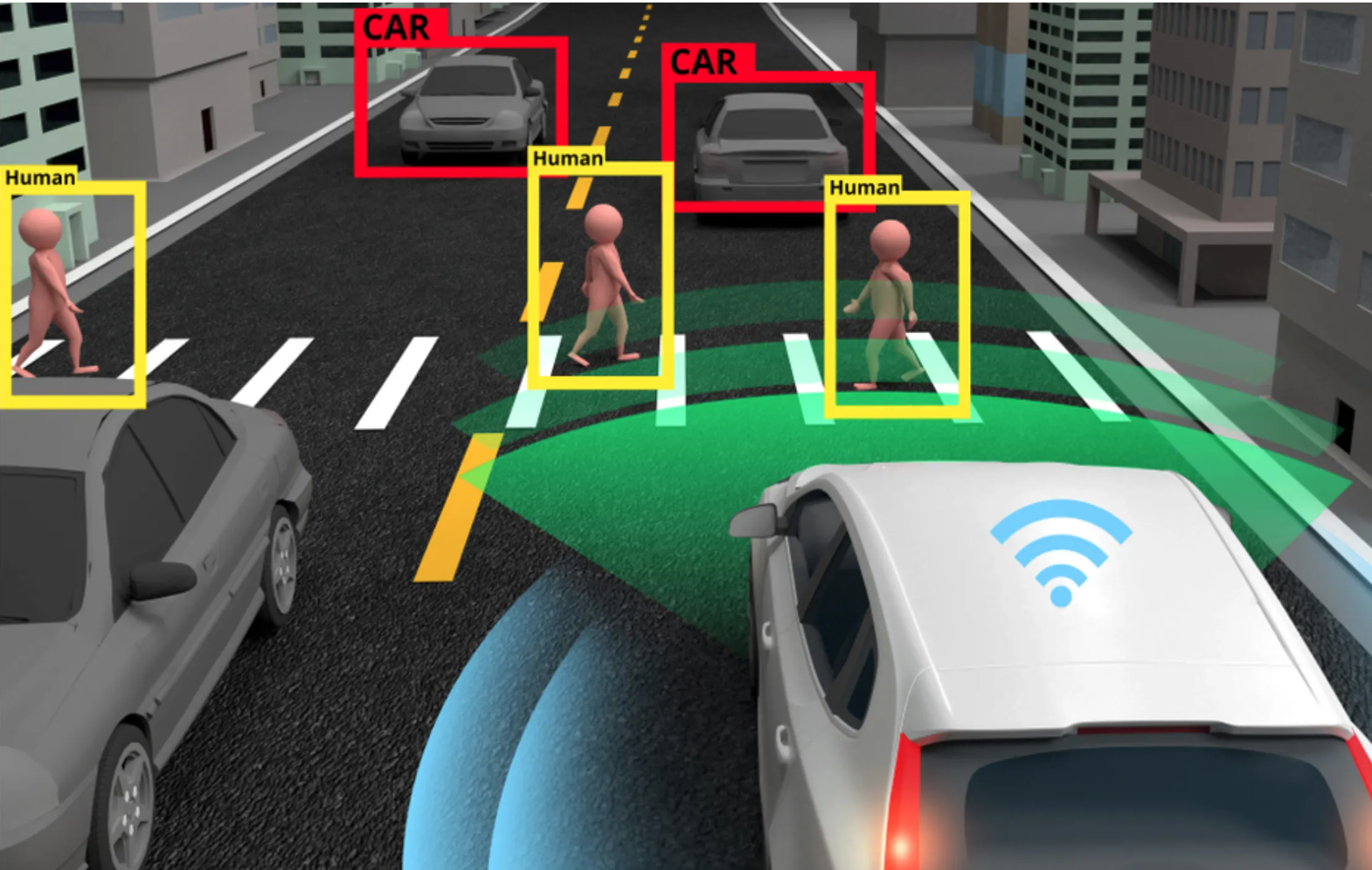Data Science
Making Data Work
Data science simplifies the process of making sense of the massive amounts of data we encounter daily. Every interaction, whether it's a like, click, email, or tweet, generates data that helps us understand the present and predict the future.
-
Data Collection
- Gather data from various sources, like social media and transactions.
- Every action adds to a larger dataset.
-
Drawing Conclusions
- Use methods to analyze this data.
- Understand trends and make predictions.
What Data Can Do
Data transforms how we understand and interact with the world by providing insights and automating processes.
-
Descriptive Analysis
- Dashboards and alerts show current states like energy use.
- Simplifies reporting and monitoring.
-
Anomaly Detection
- Identifies unusual events, like fraud.
- Enhances efficiency by flagging unexpected activities.
-
Diagnosing Causes
- Analyzes complex behaviors, like user activity on streaming services.
- Goes beyond simple correlations to understand intricate systems.
-
Predictive Analysis
- Forecasts future events, like population growth.
- Uses techniques to assess the probability and uncertainty of predictions.
Why Data Science Now?
The surge in data collection makes data science more relevant and powerful than ever.
-
Data Explosion
- We're collecting more data now than ever before.
- Information from different sources is combined to create comprehensive datasets.
-
Integrated Databases
- Data from various interactions, like car purchases and social media activity, are consolidated.
- Provides a detailed picture of consumer behaviors and preferences.
-
Business and Government Utility
- Data is invaluable for making informed decisions.
- Helps predict consumer behavior and optimize services.
Data Science Workflow
A typical data science project follows a structured workflow to turn raw data into actionable insights.
-
Data Collection
- Gather data from surveys, web traffic, and transactions.
- Ensure data is stored securely and accessibly.
-
Data Preparation
- Clean the data by fixing missing or duplicate values.
- Organize data into a structured format for analysis.
-
Exploration and Visualization
- Create dashboards to visualize data trends.
- Compare different datasets to find meaningful patterns.
-
Experimentation and Prediction
- Run tests and build models to forecast outcomes.
- Use data to determine effective strategies, like optimizing web pages for customer acquisition.
Case Study: Fraud Detection
Introduction
Fraud detection is a critical application of machine learning in the financial sector. By leveraging historical transaction data, algorithms can be trained to identify patterns indicative of fraudulent activity. This proactive approach helps prevent financial losses and enhances security.

Detecting fraud involves several key steps. First, we need to gather comprehensive transaction data. Next, we use this labeled data to train an algorithm. Once trained, the algorithm can analyze new transactions and assess the likelihood of fraud.
-
Gather Data
- Collect transaction details like amount, date, and location.
- Use labeled data to distinguish between valid and fraudulent transactions.
-
Build Algorithm
- Train your algorithm using this data.
- Use the algorithm to predict the probability of a new transaction being fraudulent.
Machine Learning
To make machine learning work, you need a clear question, relevant data, and consistent information for new predictions.
-
Define the Question
- Example: "What is the probability that this transaction is fraudulent?"
-
Collect Data
- Use historical data of credit card transactions with labels.
- Gather metadata like date and location for analysis.
-
New Predictions
-
Ensure new transaction data is consistent with the training data.
-
Label new transactions based on the algorithm's prediction.

-
Case Study: Smart Watch
Introduction
Building a smart watch that can detect physical activities like walking and running involves the use of sensors and machine learning. By collecting data from the watch's accelerometer, we can train an algorithm to recognize different types of motion.

In this case study, we explore how to use the data generated by the accelerometer to distinguish between activities. Volunteers wear the smart watch and record their activities, providing the training data needed to develop the algorithm.
-
Collect Data
- Equip volunteers with the smart watch to record activities like walking or running.
- Use accelerometer data to capture motion in three dimensions.
-
Develop Algorithm
-
Train the algorithm to recognize patterns in the data.
-
Classify the data as either walking or running.

-
Internet of Things (IoT)
IoT devices, like smart watches and home security systems, transmit data useful for data science projects.
-
IoT Devices
- Include gadgets that send data, such as smart watches and electronic toll systems.
- Generate valuable data for analysis and machine learning.
-
Data Science Integration
- Use IoT data for various projects.
- Combine with data science to extract meaningful insights.
Case Study: Image Recognition
Introduction
Image recognition is a crucial capability for self-driving cars, enabling them to identify objects and make informed decisions. This case study focuses on how machine learning can be used to recognize images of humans, a key task for ensuring safety.

The challenge lies in representing the image data in a way that the algorithm can process. Converting images into matrices of pixel values allows for analysis, but traditional models may struggle with the volume of data. Advanced techniques like deep learning are often required.
-
Data Representation
- Convert images into matrices of pixel values.
- Feed these matrices into the model for analysis.
-
Challenges
-
Traditional models may struggle with the large amount of input data.

-
Deep Learning
For complex tasks like image recognition, deep learning uses multiple layers of mini-algorithms (neurons) to draw conclusions.
-
Advanced Algorithms
- Deep learning involves multiple layers working together.
- Requires extensive training data.
-
Applications
- Solves data-intensive problems like image classification.
- Can handle tasks that traditional machine learning models cannot.